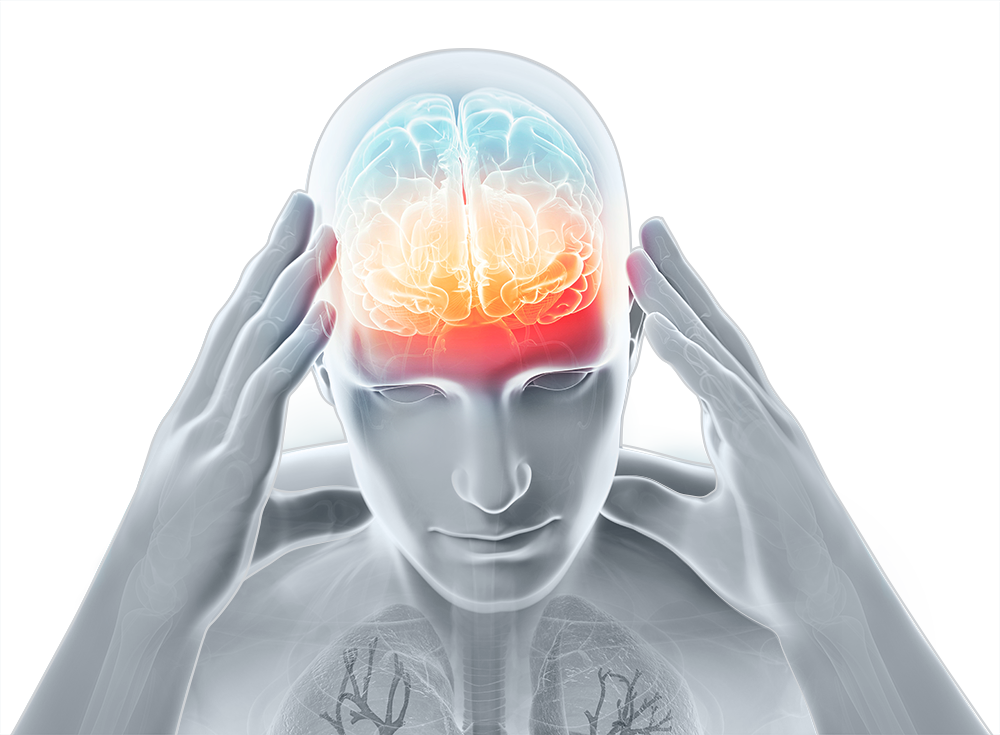Because it Matters
Therapeutic Focus

Acute migraine headache attacks are moderate-to-severe headaches that can cause pulsing or intense throbbing sensations in the head. They are often accompanied by nausea, vomiting, and extreme sensitivity to light and sound.
CL-H1T
Sumatriptan & Promethazine
A novel combination of sumatriptan and rapid release promethazine, CL-H1T is currently being investigated for treatment of acute migraine attacks and the prevention or reduction of Migraine-Associated Nausea and Vomiting (MANV).
View Entire PipelineA clinically diagnosed migraine consists of at least 5 attacks lasting 4 to 72 hours when untreated.1
It is estimated that 35 million Americans suffer from migraines, but many of these people struggle to find relief because of their Migraine-Associated Nausea and Vomiting (MANV).1
Approximately 60%-90% of patients with migraines develop nausea during attacks.2
-bar-
Approximately 50%-62% of patients with migraines experience vomiting during attacks.2
For these reasons, Charleston Laboratories is dedicated to developing novel combinations for the acute treatment of migraine attacks — without Migraine-Associated Nausea and Vomiting (MANV).
Nausea and vomiting significantly hinder migraine management by limiting oral absorption of treatments, in some cases causing more burden on the patient’s quality of life.2
References: 1. Migraine Information Page. National Institute of Neurological Disorders and Stroke: https://www.ninds.nih.gov/Disorders/All-Disorders/Migraine-Information-Page. Accessed June 9, 2017. 2. Láinez MJ, García-Casado A, Gascón F. Optimal management of severe nausea and vomiting in migraine: improving patient outcomes. Patient Relat Outcome Meas. 2013;4:61-73.